Ahhh … Leisurely floating on one of Nebraska’s many scenic rivers or streams in an inflated inner tube is a cool, refreshing, relaxing, way to enjoy a hot summer day with family and friends, isn’t it?
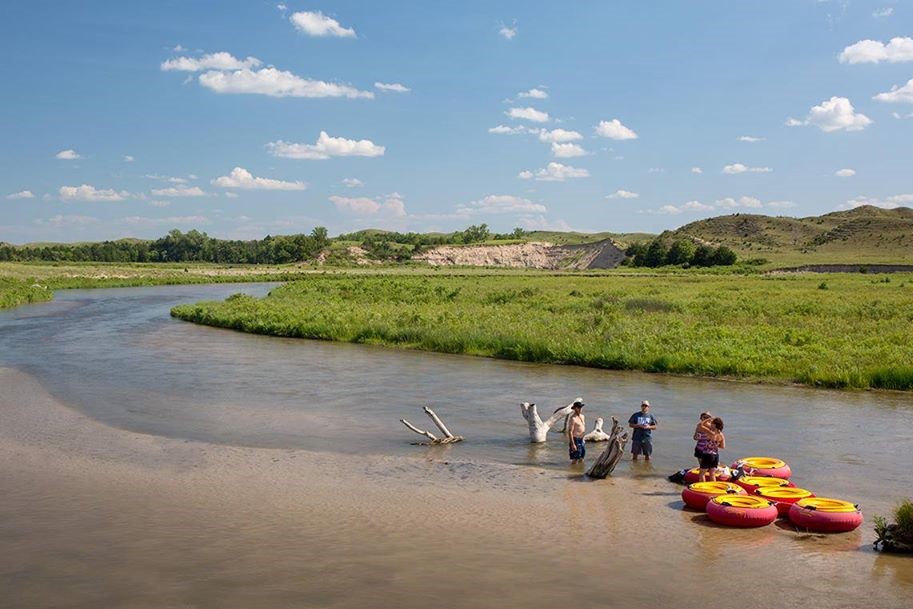
Oh, yeah!
Tubing on a Nebraska river or stream in summer is fun! There is nothing like it! Personally, I really enjoy it.
In my 43-year career at the Nebraska Game and Parks Commission I have floated all of the major rivers in the Cornhusker State and we sure have some good ones for tubing!

However, I will tell you some recreational tubers on flowing waters get into trouble and actually end up spoiling their own float trip as well as the reputation of other law-abiding, ethical tubers! In addition, tubing often provides the first outdoor experiences for many people on moving water so every effort should undertaken for a safe, smooth adventure.
For those of you planning to float one of Nebraska’s great rivers or streams on inner tubes this summer, here are the key things to know to help prevent you and your group from encountering any problems.
*Life Jackets and Whistles. A U.S. Coast Guard-approved, wearable and accessible life jacket is required to be on-board an inner tube (it is technically a vessel) and should be worn. Kids 12 years of age and under must be properly wearing their life jackets! Also, state law requires all water vessels to carry a noise-making device such as a referee’s whistle. See our current Nebraska Boating Guide publication for other boating laws and regulations. So, why wear a life jacket when tubing on flowing water? It is especially important in the event the rider becomes separated from the inner tube. When it comes to wearing a life jacket on the water, I’d like you to think of this analogy: Much like a helmet to a cyclist, the life jacket is an essential piece of safety equipment to the floater or boater. Wear. Your. Life Jacket!
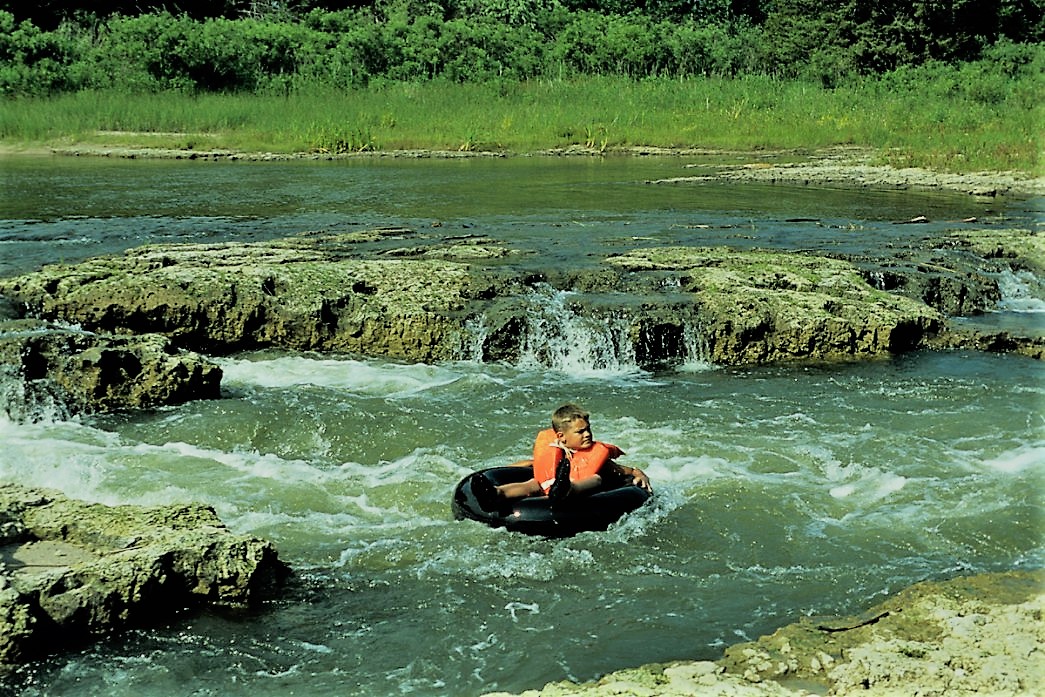
*Landowner Permission. Tubers have the lawful right to float the water of rivers and portage around obstructions without causing damage. On the other hand, tubers and other river floaters must have permission from private landowners to access their properties which include river beds, sand bars, river banks and any adjacent lands. You must have the landowner’s permission to pit stop, picnic, fish or camp. Learn where you can and cannot go! Appreciate the fact that you are allowed to use the waterway! Be respectful!
*Do Your Homework. Nebraska water trails info and maps are invaluable references for trip planning (NOTE: One additional water trail, the North Fork River Trail of the Elkhorn River through Norfolk, NE, is under construction and scheduled to open in the Spring of 2023). Shuttle and inner tube equipment rentals are available through outfitters. Calculate the distance and time on the water and go on weekdays to avoid larger crowds. Pay close attention to the weather forecast. Check conditions and water levels through local conservation officers, outfitters, state park/recreation area staff or Natural Resources District (NRD) personnel. Flow details can also be obtained through the USGS. To start, you need to realize that shorter trips are better than longer trips. For canoeing times listed, you need to at least double those for tubing. Beginners should go with more experienced tubers who are familiar with the river, or start with gentler rivers or stretches of rivers. Consider stops and a lunch break, along with public access points that are open for putting in and taking out your tubes. Furthermore, take note that portions of rivers like the Niobrara, for example, may have special regulations in place for floaters so learn those in advance of your tube trip.
*File a Float Plan. Make certain you file a float plan with a family member, friend or neighbor. Even if you are just going tubing for just a few hours, at a minimum, let that person know where you expect to be and when you expect to return. If you plan a longer tube trip, text a message to a trusted person that includes a written float plan. It needs to have the outfitter you may be using, a description of your tubes and safety equipment (life jackets) you are carrying, who is on board, projected departure location/time, route and ending location/time.
*No Glass and Styrofoam. Please do not bring glass containers or Styrofoam cups or coolers to any river or stream. If lost or discarded, they become hazards to boaters and wildlife. Broken shards of glass can ruin tubing trips very quickly with severe, deep lacerations to feet even through water shoes. Regarding Styrofoam, it is not biodegradable. It breaks into many small pieces and may be eaten by shore birds and fish. The outcome is deadly.
*Don’t Litter! Littering is against the law, is ugly, upsets landowners, negatively affects wildlife and ruins a natural resource! Take along a durable trash bag, mesh bag or use a cooler where you can put your garbage. Have a separate bag or container for recyclables. Secure them to a separate inner tube. Help clean up after those who have not learned how to care for our rivers/water trails. Let’s be eco-friendly and work to keep our flowing waters litter-free!
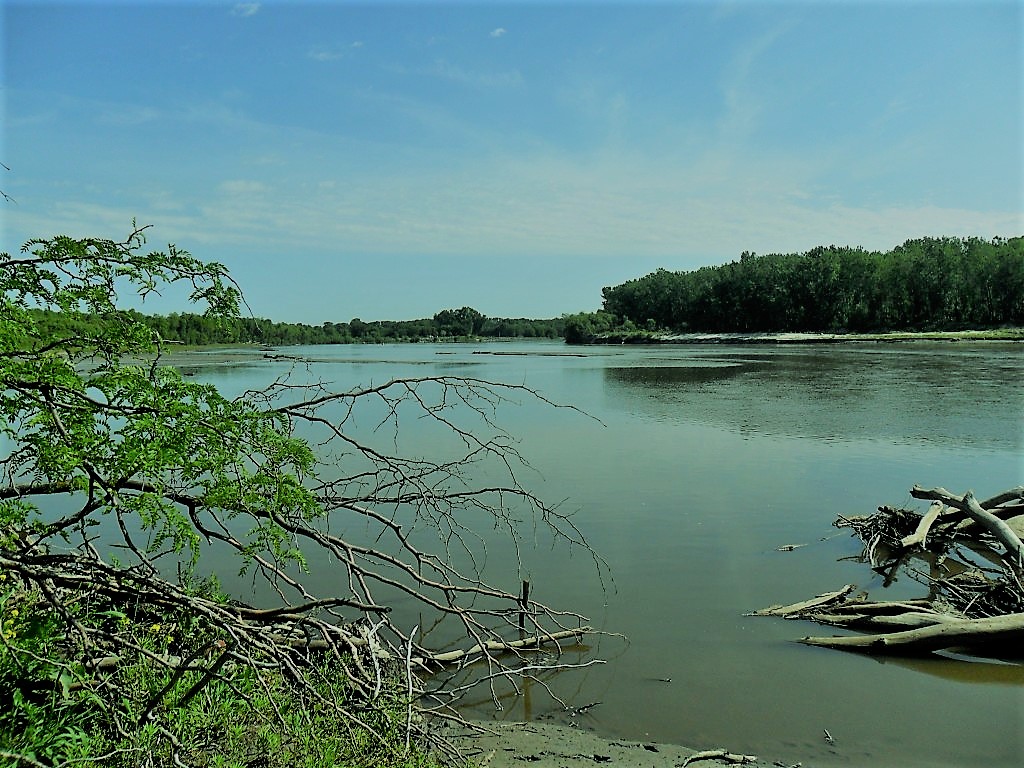
*Alcohol and Tubing can be a Dangerous Mix! Alcohol not only contributes to dehydration during the hot summer months, but, it also impacts a tuber’s ability to make sound decisions on moving water with obstacles and can lead to problems with other tubers! It’s always a good idea to have a ‘designated tuber’ in each group who does not drink alcohol and closely monitors group members for safety purposes and courtesy to others. Also, drink lots of cool water! It’s easy to get dehydrated when you’re out in the sun, even if you are just floating along, so be sure to drink one water for every other kind of beverage you ingest.
*Before You Sit in the Tube. You will expend a lot of calories during an afternoon of floating on a Nebraska river or stream, so eat a full meal before you leave your abode. The American Red Cross states “eating before swimming is not a contributing risk for drowning and can be dismissed as a myth.” Now, besides the items on your trip checklist like sun block/sunscreen, insect repellent, biodegradable soap, compact first-aid kit, hat, sunglasses (floatable), water, light snacks (e.g. premade sandwiches), cooler filled with ice, rope, small dry bags for valuables, etc., there are several other important things to note before embarking on your tubing adventure. Wear shoes! Tight fitting “water shoes,” river sandals or Crocs should be worn while floating as well as walking in and around the river to protect your feet from rocks and sharp objects.
*Water and Weather Awareness. All river tubers should be able to swim because there is a risk of getting tipped over and separated from your inner tube. Keep in mind that there is no uniform depth in any of our rivers. Expect to find everything from shallow sandbars to drop offs to deep holes to swift channels to undertows. Be weather aware, too! Watch the skies. Nebraska weather is known for changing rather quickly. Know the weather forecast for the entire river valley you’re going to float, especially upstream. You never know when weather occurring upstream will affect the water downstream. Avoid long dangling ropes off tubes that can get snagged on various objects in the riverbed and cause injury or harm. Exercise caution around bridge pilings; this is where a paddle or long, stout stick comes in handy. Be vigilant for other tubers, oncoming boats particularly air boats, bank anglers, livestock fences and floating debris. And remember, if you tip over in your inner tube always try to stay away from the downstream side of it. Strong currents have been known to push larger, heavier tubes tied together over top of people and even pin them against obstructions.
*About Sunblock/Sunscreen. When you are applying sun block or sunscreen to exposed parts of your body, if you’re wearing shorts, don’t forget the lower legs and feet! According to river outfitters, these are often neglected by tubers. They also say to thoroughly coat your thighs and knees and remember that your shorts will hike a bit when sitting in an inner tube.
*Steer Clear of the Protected Birds. All river/water trail users are to avoid violating federal and state laws by keeping a good distance from protected shorebirds that are nesting on sand bars. These at-risk shorebirds are the interior least tern and piping plover.

A summer float trip in an inner tube is a wonderful opportunity to be outside, stay cool and have a good time with family and friends.
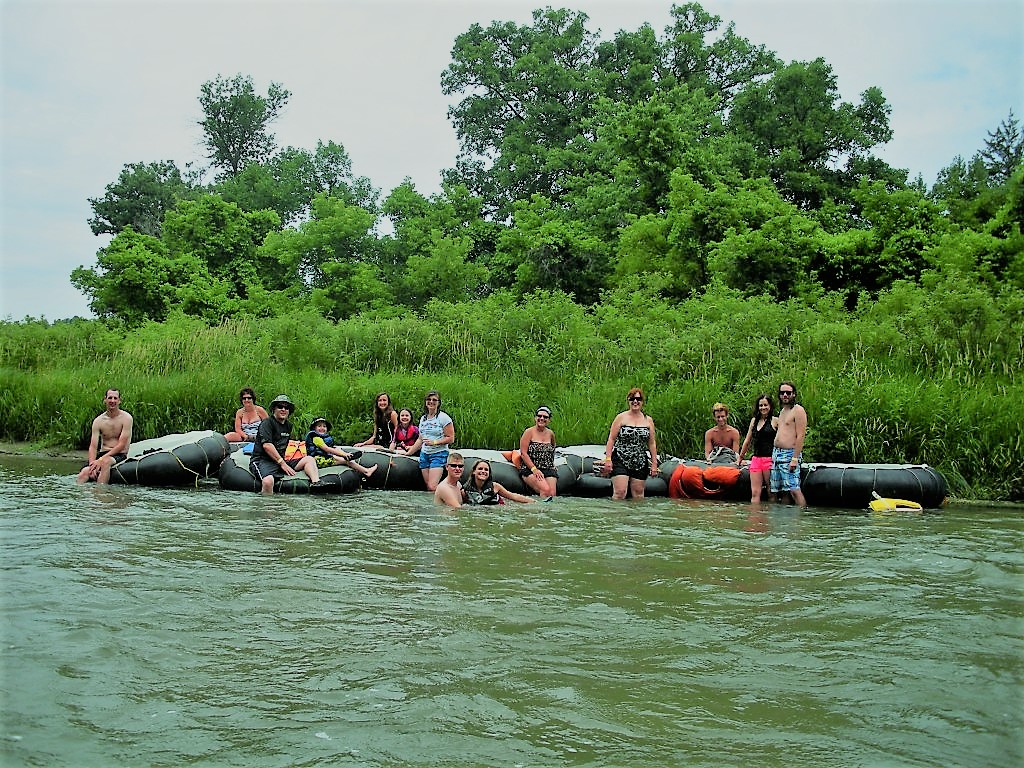
But, planning for a safe float trip begins well before you get on the water and does not end until you return home. By following the information I have provided, you will better understand how to safely, responsibly and comfortably float a river or stream on an inner tube!
Happy tubing!
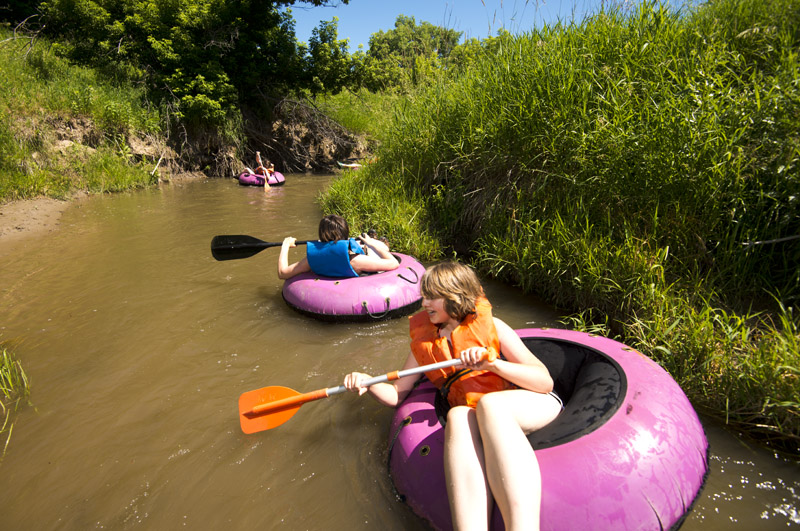
The post Key things to know before you go river tubing this summer appeared first on Nebraskaland Magazine.
















